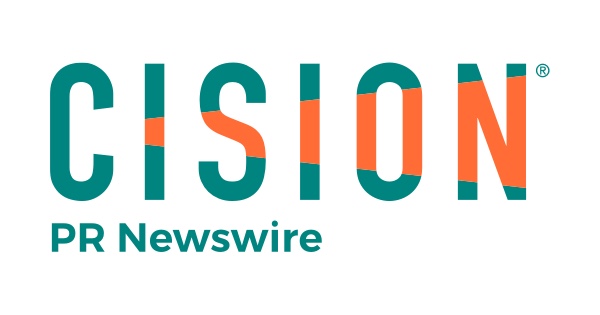ROSEMONT, Ill., Oct. 10, 2019 /PRNewswire/ — Bicyclists who wear helmets are less likely to experience a facial injury in a bicycle crash, according to a study in the October issue of the Journal of Oral and Maxillofacial Surgery, the official journal of the American Association of Oral and Maxillofacial Surgeons (AAOMS).
However, among bicyclists who sustained a facial injury, severity did not significantly differ between those who wore helmets and those who did not – possibly because standard bicycle helmets lack a mask to protect the face, researchers from the University of Washington wrote.
The retrospective cohort study involved 1,379 bicyclists who were injured during a six-year span and went to a medical center for evaluation and treatment. Most of the bicyclists (60.6 percent) wore a helmet. Researchers found those who wore helmets were 40 percent less likely to experience a facial injury from a crash; 30.6 percent of those not wearing a helmet were injured compared to 17.3 percent of bicyclists wearing a helmet.
Researchers used the Face Abbreviated Injury Scale (FAIS) to determine injury severity. A score of zero is no injury, and a maximum score of four is severe. The study found no statistically significant difference between the average FAIS scores for helmeted and non-helmeted bicyclists.
“Further research is needed as more people use bicycles in their everyday commute,” researchers wrote. “With more bicycle share options, the need for helmet regulations and changing attitudes on environmental impact, we should anticipate changes in injury patterns, frequency and severity.”
According to the study results, men were less likely to wear a helmet, and non-helmeted bicyclists were younger than helmeted bicyclists. In addition, alcohol use was less frequently reported among helmeted bicyclists, and bicyclists with alcohol detected in their system when injured had a twofold higher risk of facial injuries.
The study notes that some bicyclists were injured while mountain biking, and mountain bike helmets provide more facial protection than standard bicycle helmets.
“We advocate for the implementation of a protective chin strap to help prevent lower face injuries like other studies, a redesign of bicycle helmets to provide facial protection and a limit on the blood alcohol concentration of bicyclists,” researchers wrote.
No states require bicyclists to wear helmets, and 21 states have regulations that apply to minors, the study added.
“Legislation requiring helmet use might increase compliance,” researchers wrote. “However, enforcing helmet laws to increase helmet compliance might not substantially decrease maxillofacial injury severity, as shown in the present study, especially because many factors can affect helmet compliance and injury severity.”
The authors of “Helmets Decrease Risk of Bicyclist-Related Maxillofacial Injuries But Not Severity” are from the University of Washington School of Dentistry: Marcus J. Hwang; Jasjit K. Dillon, DDS, MBBS, FDSRCS, FACS; and Thomas B. Dodson, DMD, MPH, FACS.
The full article can be accessed at JOMS.org/article/S0278-2391(19)30449-5/fulltext.
The Journal of Oral and Maxillofacial Surgery is published by the American Association of Oral and Maxillofacial Surgeons to present to the dental and medical communities comprehensive coverage of new techniques, important developments and innovative ideas in oral and maxillofacial surgery. Practice-applicable articles help develop the methods used to handle dentoalveolar surgery, facial injuries and deformities, TMJ disorders, oral and head and neck cancer, jaw reconstruction, anesthesia and analgesia. The journal also includes specifics on new instruments and diagnostic equipment, and modern therapeutic drugs and devices.
The experts in face, mouth and jaw surgery® — The American Association of Oral and Maxillofacial Surgeons (AAOMS) is the professional organization representing more than 11,000 oral and maxillofacial surgeons, OMS residents and OMS professional staff in the United States. AAOMS supports its fellows’ and members’ ability to practice their specialty through education, research and advocacy. AAOMS fellows and members comply with rigorous continuing education requirements and submit to periodic office anesthesia evaluations. For additional information about oral and maxillofacial surgery, visit the AAOMS websites at AAOMS.org and MyOMS.org.
SOURCE American Association of Oral & Maxillofacial Surgeons

